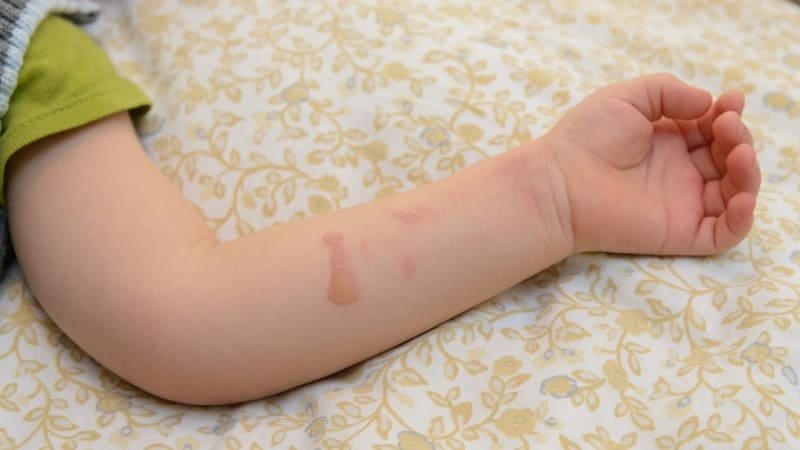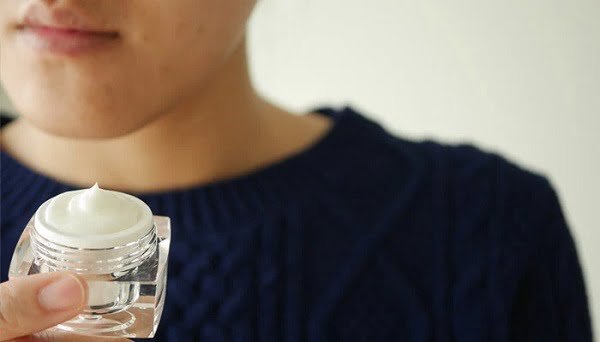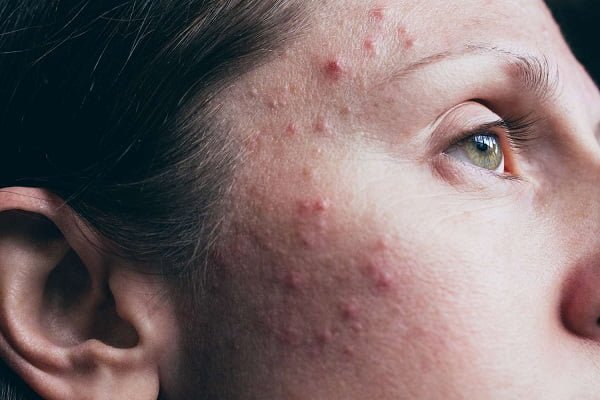Introduction:
Accidents can happen in the blink of an eye, especially when caring for a curious and active baby. One common mishap involves hot water burns, which can be distressing for both the baby and parents. In this blog, we’ll discuss essential first aid measures to treat hot water burns on babies, offering a comprehensive guide to ensure prompt and proper care.
Understanding Hot Water Burns
Hot water burns can occur when a baby comes into contact with water that is too hot, whether during bath time or accidental spills. It’s crucial to act swiftly to minimize the impact of the burn and provide immediate relief.
First Aid Steps:
Remove the Baby from the Source: The first step is to gently and swiftly remove the baby from the source of the hot water. Ensure your hands are clean and free from potential contaminants.
Cool the Burn: Place the affected area under cool (not cold) running water for about 10-20 minutes. This helps reduce the temperature of the burn and alleviate pain. If running water is not available, a cool compress can be used.
Remove Constrictive Items: Check for any tight clothing or accessories near the burned area and remove them gently. This prevents further irritation and allows for proper examination.
Assess the Severity: Evaluate the burn’s severity. If it’s a mild burn (first-degree), the skin may be red and slightly swollen. For more severe burns (second or third-degree), where the skin is blistered or charred, seek immediate medical attention.
Protect the Burned Area: Once the burn has been cooled, protect the affected area by covering it with a clean, non-stick bandage or cloth. Avoid using adhesive bandages directly on the burn.
Give Pain Relief: Consult with a pediatrician for appropriate pain relief options suitable for your baby’s age. Avoid giving any over-the-counter medications without professional advice.
Keep the Baby Comfortable: Ensure the baby is kept in a comfortable environment. Dress them in loose-fitting clothing to avoid friction on the burn, and monitor their overall well-being.
Seek Medical Attention: If the burn is severe, covers a large area, or if there’s any doubt about its severity, seek immediate medical attention. Burns on sensitive areas like the face, hands, feet, or genitals should be evaluated by a healthcare professional.
Prevention Tips:
Check Water Temperature: Always test the water temperature before placing the baby in a bath. Use your elbow or the back of your hand to ensure it’s comfortably warm, not hot.
Secure the Environment: Baby-proof the home to minimize the risk of spills or accidents involving hot liquids. Keep hot beverages away from edges and use spill-resistant cups.
Supervise at all Times: Never leave a baby unattended in the bath or around hot liquids. Constant supervision is essential to prevent accidents.
Conclusion:
Hot water burns on babies can be frightening, but with prompt and proper first aid, you can help ease their discomfort and promote effective healing. Remember, when in doubt, always consult with a healthcare professional to ensure the best care for your little one.
Faq Related to "How to treat hot water burn on baby – First Aid"
The immediate steps involve removing the baby from the source, cooling the burn with cool running water or a compress, and assessing the severity of the burn. Seek medical attention if it’s a severe burn.
Run cool (not cold) water over the burn for about 10-20 minutes. This helps reduce the temperature of the burn and provides relief. If running water is not available, a cool compress can be used.
Avoid using ice directly on the burn as it can cause further damage. Stick to cool running water or a cool compress for effective and safe cooling.
Seek immediate medical attention for severe burns, characterized by blistering, charring, or burns on sensitive areas like the face, hands, feet, or genitals. If in doubt about the severity, consult a healthcare professional.
It’s advisable to avoid applying ointments or creams without consulting a healthcare professional. After cooling the burn, protect it with a clean, non-stick bandage or cloth.
Consult with a pediatrician for suitable pain relief options based on your baby’s age. Avoid giving over-the-counter medications without professional advice.
Dress your baby in loose-fitting clothing to avoid friction on the burn. Ensure the clothing is clean and does not irritate the affected area.
Avoid using adhesive bandages directly on the burn. Instead, cover the burned area with a clean, non-stick bandage or cloth to protect it.
Prevent burns by testing water temperature before placing the baby in a bath, securing the home environment to minimize spill risks, and always supervising the baby around hot liquids.
Depending on the severity of the burn, scarring is possible. Proper first aid and medical attention can help minimize scarring, and it’s essential to follow aftercare instructions for optimal healing.






